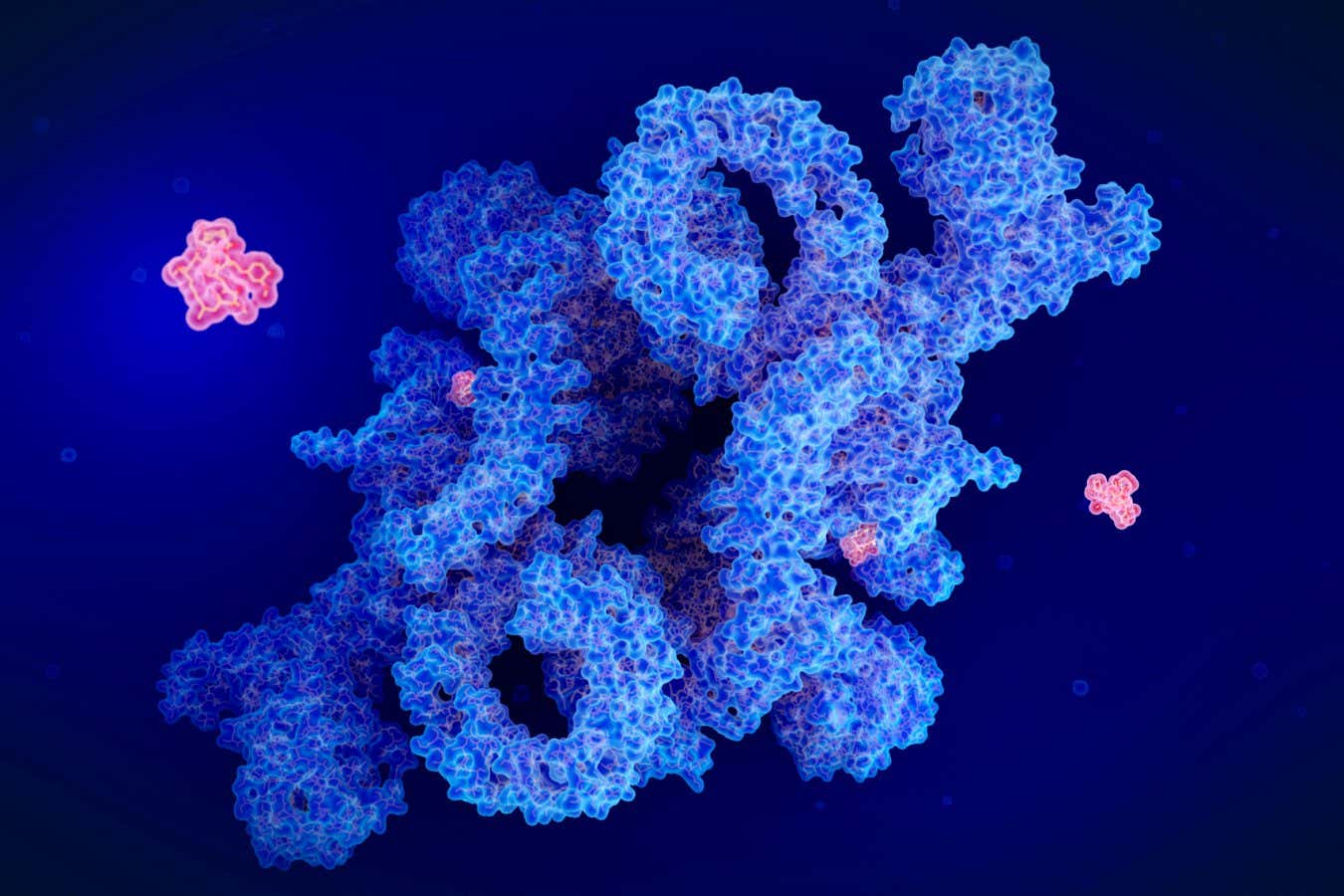Now Reading: Death Cap Mushroom: The World’s Deadliest Fungi Unveils New Toxins
-
01
Death Cap Mushroom: The World’s Deadliest Fungi Unveils New Toxins
Death Cap Mushroom: The World’s Deadliest Fungi Unveils New Toxins

Speedy Summary
- The death cap mushroom (Amanita phalloides), responsible for 90% of mushroom-related deaths globally, has been linked to a recent poisoning incident in Australia involving contaminated beef Wellington, resulting in three fatalities.
- The mushroom’s lethal toxin, alpha-amanitin, disrupts the enzyme needed for protein production and cycles through the body to cause organ failure. Even half a cap can be fatal.
- Toxic fungi are thought to evolve poisons as chemical defenses against predators or competitors. However, their exact ecological role remains unclear.
- Amanita phalloides is rapidly adapting across new environments worldwide; its toxin genes are evolving under natural selection due to unfamiliar microbial competitors it encounters in new habitats.
- Scientists revealed that some death caps can reproduce unisexually without mating partners-a strategy aiding their proliferation after invasions into non-native ecosystems.
- While survival rates following ingestion have improved (now around 90%), treatment strategies remain limited as no widely available antidote exists. Early detection is critical for survival outcomes.
- Fungi play vital roles beyond toxicity-contributing to medicine (e.g., antibiotics and potential cancer treatments), biotechnology, nutrient cycling ecosystems, and studying eukaryotic biology.
Indian Opinion Analysis
The deadly danger posed by the death cap underscores both an ecological marvel and a human health challenge. For India-home to diverse forests rich with varied fungal species-the growing understanding of fungal adaptability could provide insights into conserving local biodiversity while mitigating risks from invasive toxic species like Amanita phalloides. Furthermore, research on fungal toxins holds promise for India’s rising biotech sector in exploring medicinal applications such as cancer treatments.
foraging cultures existing within India’s villages highlight centuries-old knowledge systems crucial for identifying safe edible mushrooms-a skill endangered by urbanization and disconnection from nature.Reviving such traditional practices could bolster environmental awareness while reducing public fear about fungi.
India’s dense agricultural economy must take heed of global trends wherein indiscriminate use of fungicides may contribute not only to crop loss but also resistant pathogenic strains harmful to human health. Balancing conservation efforts with safety initiatives will help ensure fungi are regarded not just as threats but allies across medicine,agriculture sustainability processes.
























